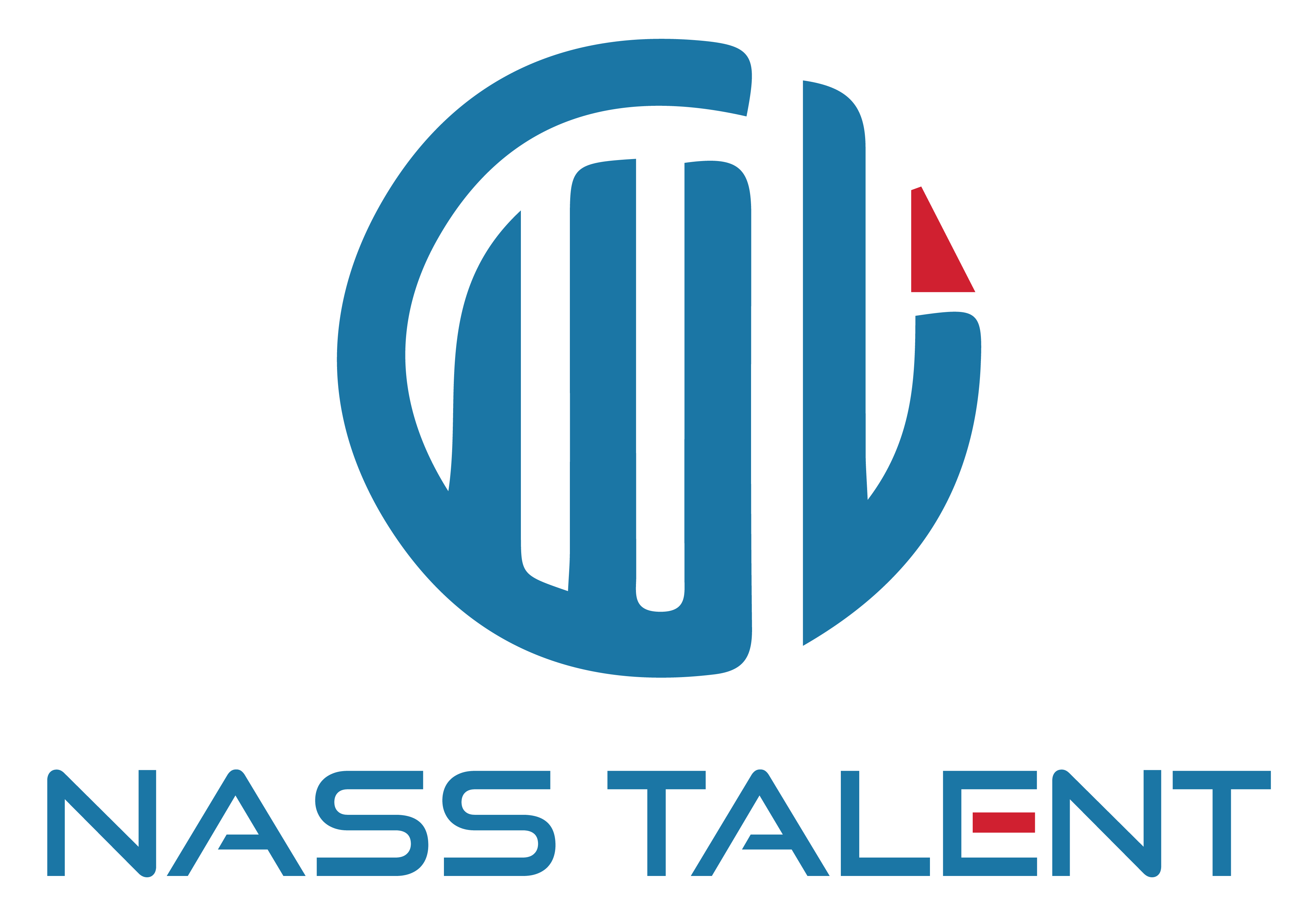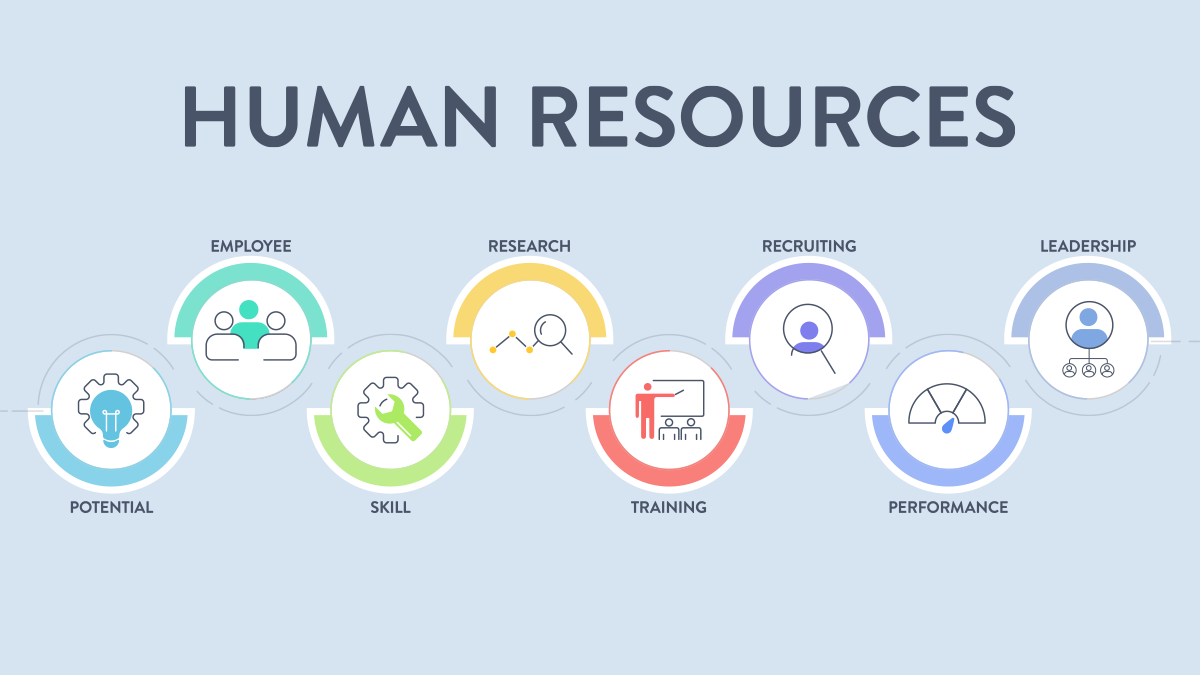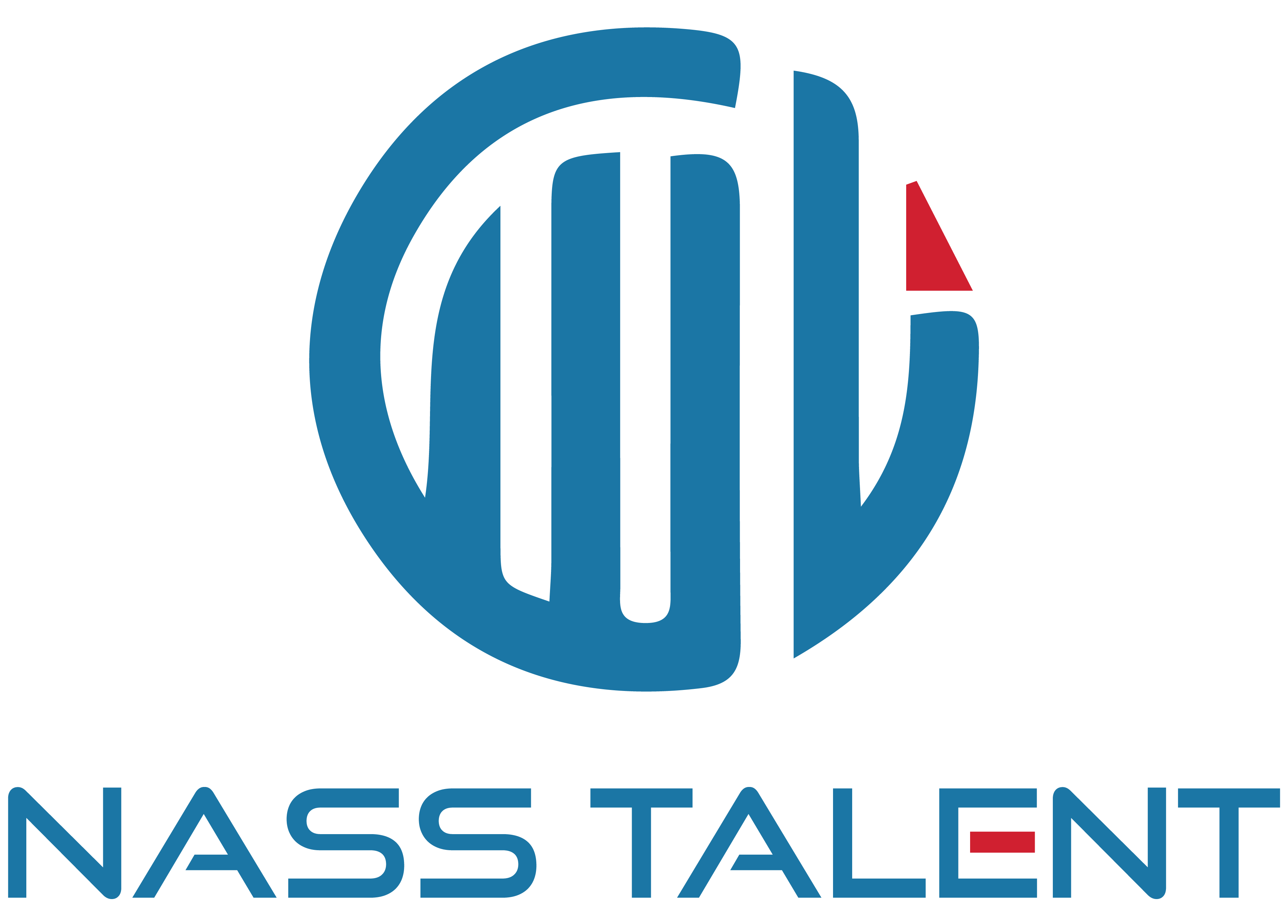Best Practices for Workplace Surveys: A Complete Guide

Employee satisfaction, engagement and organizational health audits are crucial in possession of work place surveys. The suggestion to survey employees is that through feedback, business organisations can consider strong and weak areas with objective of improving workplace culture and thus improve upon the quality of decisions made. It is also important to stick to some guidelines when the surveys are conducted in an effort to get meaningful results that can be acted on and that depict a genuine employee experience.
Define Clear Objectives
Purpose and Goals: The initial step is setting the goal and objective of the organization’s workplace survey activity. Understanding this will help in the determination of the key objectives that you wish to accomplished in the survey which will aid in the right information being collected.
Examples: Some of the reason for conducting best practices for workplace surveys are; to gauge the level of satisfaction of employees, to gauge the performance of managers, to establish culture within a workplace, and determine areas that need training.
Design Thoughtful Questions
Clarity and Relevance: Ask questions that are well-defined and to the point and which would help in achieving the goals of the survey. Don’t use complex terms in the formulation of questions so that the questions developed will be understood well by all the possible respondents.
Types of Questions: Always ask all types of survey questions so as to get a wide coverage of the relevant information. While multiple-choice questions can give the responder’s numerical results, Likert scale questions give detailed information about the attitudes of the responder, and open questions give more elaborate answers.
Avoiding Bias: Avoid questions that are leading or which present a biased view so as to fix a particular answer. Make sure that the questions are asked in a way that doesn’t even allow for a bias towards a specific right answer to be easily seen.
Ensure Anonymity and Confidentiality
Importance: Anonymity and confidentiality are crucial for obtaining honest and accurate feedback. Employees are more likely to provide candid responses if they trust that their identity will be protected.
Implementation: Use secure survey tools and anonymize responses where possible. Clearly communicate to respondents how their data will be protected and ensure that only authorized personnel have access to the results.
Communicate Clearly
Purpose and Instructions: Clearly explain the purpose of the survey and provide straightforward instructions on how to complete it. Transparency helps in building trust and ensures that respondents understand the survey’s relevance.
Feedback Loop: Inform employees about how their feedback will be used and when they can expect to see the results. Keeping employees in the loop demonstrates that their input is valued and will be acted upon.
Choose the Right Timing
Survey Frequency: Determine how often to conduct surveys based on your objectives and organizational needs. Annual or bi-annual surveys are common, but more frequent check-ins might be beneficial depending on the context.
Timing Considerations: Choose a time to administer surveys when employees are less likely to be overwhelmed or distracted. Avoid peak busy periods and ensure that surveys are distributed at a time that maximizes participation.
Promote Participation
Engagement Strategies: Encourage employees to participate by communicating the importance of their feedback and offering incentives if appropriate. Clear, supportive messaging can help boost response rates.
Overcoming Barriers: Identify and address common barriers to participation, such as survey fatigue or lack of time. Providing flexible response options and ensuring the survey is user-friendly can help overcome these obstacles.
Analyze and Act on Results
Data Analysis: Use robust data analysis techniques to extract actionable insights from survey results. Look for patterns, trends, and areas of concern that need attention.
Action Plans: Develop and implement action plans based on survey findings. Address the issues identified and communicate the steps taken to improve workplace conditions.
Follow-Up: Share changes or improvements made as a result of the survey feedback with employees. This reinforces the value of their input and encourages future participation.
Monitor and Improve
Feedback Loop: Gather feedback on the survey process itself to understand what worked well and what could be improved. Use this information to refine future surveys.
Continuous Improvement: Regularly review and enhance your survey practices based on feedback and lessons learned. This helps ensure that your surveys remain effective and relevant.
Ensure Accessibility
Formats and Languages: Make surveys accessible to all employees by offering them in various formats and languages as needed. Ensure that the survey is inclusive and accommodates diverse needs.
Review and Iterate
Benchmarking: Compare survey results with industry benchmarks or previous surveys to gauge performance and identify trends.
Continuous Improvement: Continuously review and improve your survey practices to keep them effective and aligned with organizational goals.
Conclusion
There are some guidelines that can be adopted while undertaking or planning for workplace surveys in order to get the best results. In case you follow the said guidelines, you will be in a better place to improve on your surveys and transform your workplace.
Start applying these best practices for workplace surveys today to gain deeper insights and create a more engaged and satisfied workforce.
FAQ
Make sure to indulge in best practices for workplace surveys that capture employee feedback to assess their engagement, satisfaction, and complete work environment, thus improving decision-making and company culture.
For the sake of your company’s growth, it is necessary to conduct surveys at least once a year. However, you can conduct pulse surveys every quarter or six months to get more insights.
Some of the questions that could be covered can include employee experiences such as job satisfaction, work-life balance, leadership, communication, and career development.
Some of the best practices for workplace surveys is to use diverse language, providing anonymity, and ensuring questions incorporate diverse demographics, roles, and perspectives to harbor inclusivity.
Some of the common mistakes in avoiding workplace surveys is avoiding complicated questions, failing to follow up, and failing to act on the outcome of the survey, as they can reduce engagement and trust.









